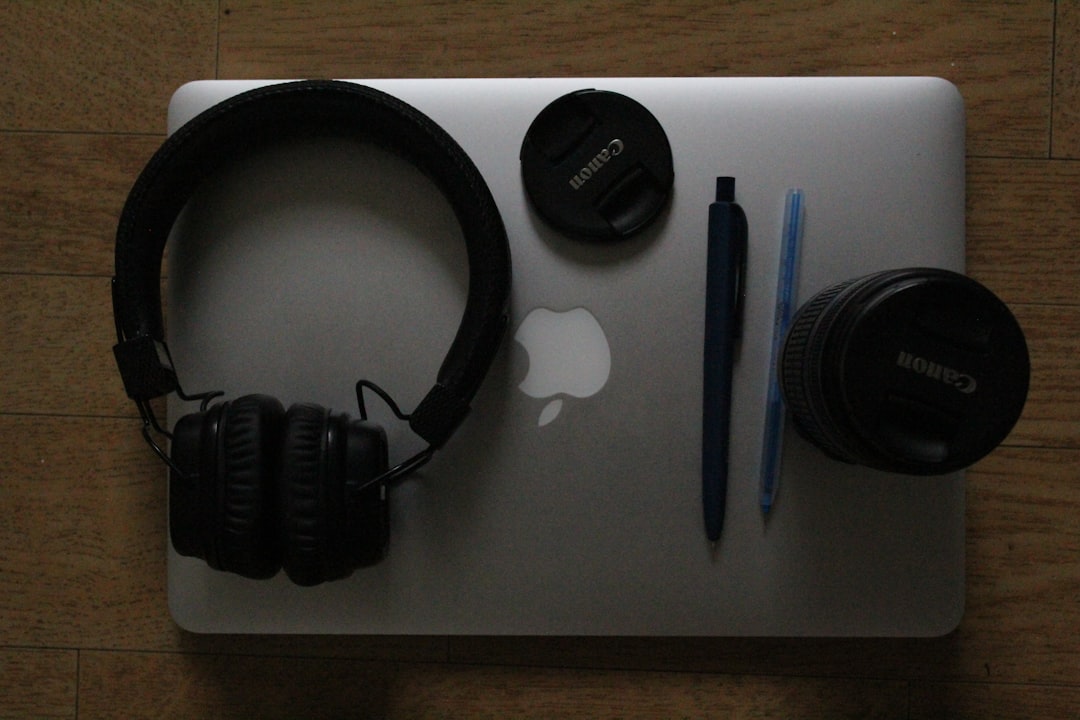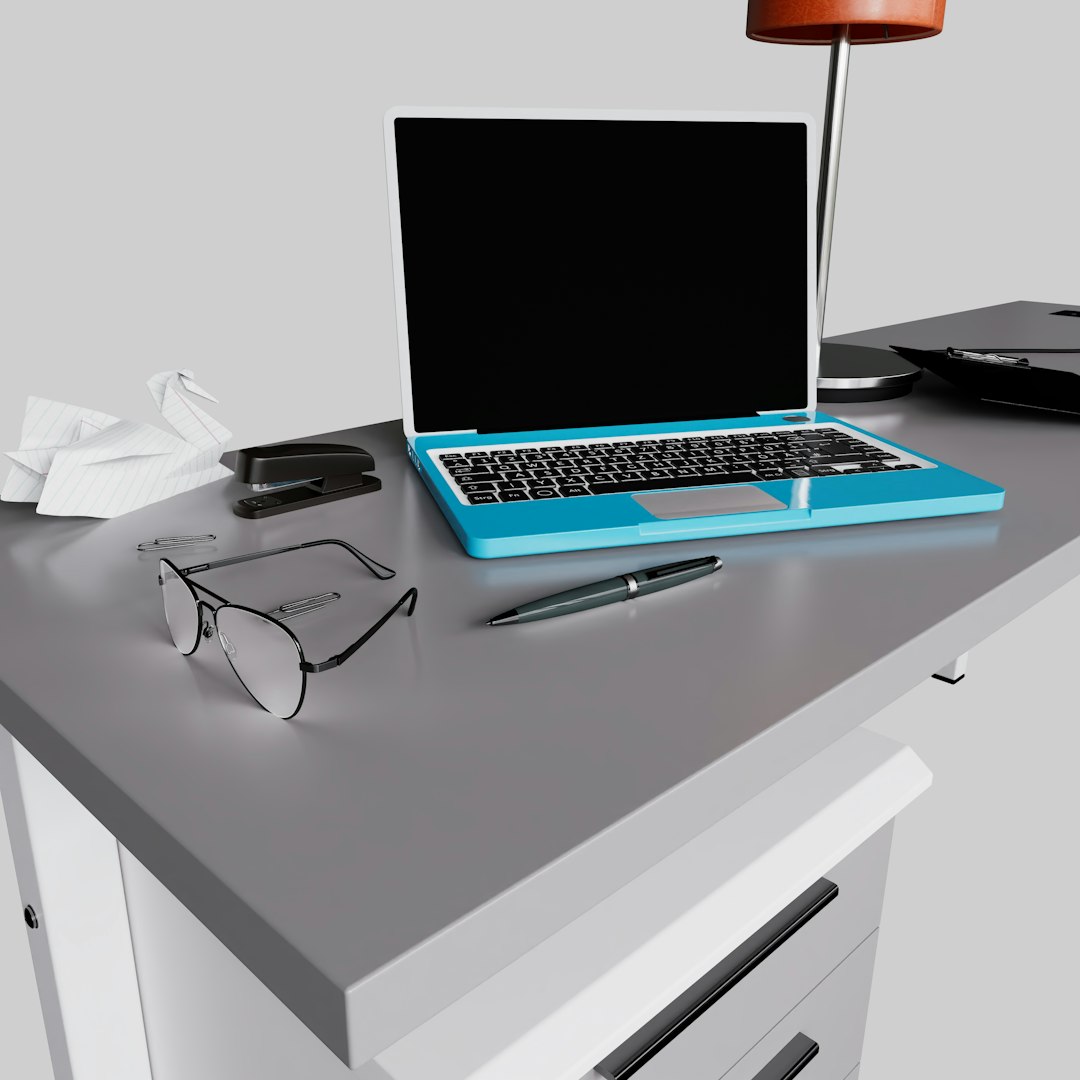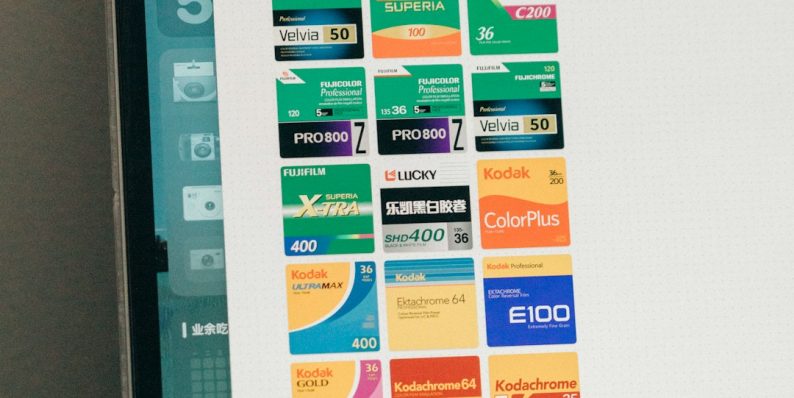How to Pick the Right Laptop for Video Editing Work
Choosing the right laptop for video editing work is a critical decision that can impact your productivity, efficiency, and overall editing experience. With the increasing demand for high-quality video content, editors need reliable machines that can handle heavy editing software, process high-resolution footage smoothly, and render projects quickly. This guide will walk you through the essential features and specifications to consider before investing in a laptop designed for video editing tasks.
1. Understanding Your Workflow Needs
Before diving into technical specifications, it’s essential to assess your typical video editing workflow. Ask yourself questions like:
- What resolution do you usually work in? (1080p, 4K, 6K, or even 8K?)
- What video editing software do you use? (Adobe Premiere Pro, DaVinci Resolve, Final Cut Pro?)
- Will you need to multitask with other programs open?
- Is mobility and battery life a priority?
Your answers will help define the power and portability balance you need for your ideal editing laptop.
2. Essential Laptop Specifications for Video Editing
Here are the components that directly impact video editing performance. Prioritize these when evaluating your options:
CPU (Processor)
A powerful CPU is the backbone of any video editing system. It handles decoding, rendering, and playback of video files.
- Choose at least an Intel i7 (11th Gen or newer) or AMD Ryzen 7 processor.
- For heavy-duty performance, consider an Intel i9 or Ryzen 9 with multiple cores (8+).
- Look for high clock speeds and efficient thermal design power (TDP).
GPU (Graphics Card)
The GPU accelerates rendering, real-time previews, and GPU-accelerated effects within your editing software.
- Dedicated graphics cards (such as NVIDIA RTX 3060 or AMD Radeon RX 6800M) are highly recommended.
- For Adobe software, NVIDIA GPUs often offer better performance due to CUDA acceleration.
- 4GB VRAM is the minimum, but 6GB to 8GB VRAM is ideal for 4K or higher resolutions.

RAM (Memory)
Video editing consumes a lot of RAM, especially when working on multi-layer timelines or high-resolution files like 4K and 8K footage.
- Minimum: 16GB – Suitable for 1080p editing and light 4K projects.
- Recommended: 32GB or more – Ideal for professional projects and multitasking.
- Make sure the laptop has upgradeable RAM slots if you plan to expand memory later.
Storage
Fast and ample storage ensures smooth playback and quick access to media files.
- SSD (Solid State Drive) is a must for boot drive and application performance.
- Minimum: 512GB SSD for OS and software; however, screen recordings and raw footage can quickly consume space.
- Consider laptops with dual-drive options (SSD for software + HDD for storage).
- External SSDs can also be used as scratch disks or archive drives.
Display Quality
Since you’ll spend hours editing visuals, your screen must reflect accurate colors and high resolutions.
- Resolution: Full HD (1920×1080) minimum; 4K UHD is preferable for editing 4K content.
- Color Accuracy: Look for a screen with 100% sRGB or AdobeRGB coverage.
- Panel technology: IPS panels offer better viewing angles and color consistency.
- Matte finish displays reduce glare and are better suited for long editing sessions.
3. Other Important Features
Ports and Connectivity
Video editors often use external drives, monitors, and peripherals. You need versatile and high-speed ports:
- USB-C/Thunderbolt 3 or 4: High-speed data transfer and display support.
- HDMI or mini DisplayPort: Connecting to external monitors for dual-screen workflows.
- SD card reader: Makes importing footage from DSLRs and cameras more convenient.
- Ethernet port: Helpful for stable file transfers and uploads when Wi-Fi is not reliable.
Battery Life and Portability
If you’re often editing on the go, battery life and weight also become important:
- High-performance components typically drain batteries fast, so expect 4 to 6 hours of real-world editing time.
- Laptops under 5 lbs are easier to carry during field shoots or travel.
Keyboard and Cooling System
Editing often involves keyboard shortcuts and long work sessions. A responsive keyboard and proper cooling system are necessary:
- Tactile feedback and good responsiveness reduce fatigue.
- An efficient thermal system prevents throttling so the CPU and GPU can maintain performance.
- Look for laptops with dual-fan systems or vapor chamber cooling for better thermal management.

4. Recommended Laptop Brands for Video Editing
Some manufacturers are known for building high-performance laptops that meet the needs of professional video editors:
- Apple MacBook Pro: Especially popular among Final Cut Pro users, excellent color accuracy, and optimized performance for creative work.
- ASUS ProArt and ROG Series: Built for creatives and gamers, these offer strong GPU performance and HD displays.
- Dell XPS 15 and XPS 17: Known for their 4K UHD displays and premium performance profile.
- MSI Creator and Prestige Series: Designed for content creators, delivering a balance of performance and portability.
- Lenovo ThinkPad X1 Extreme or Legion Series: Great build quality and configurability, ideal for professionals.
5. Budget Considerations
Video editing laptops can range widely in price. Understanding what you’re paying for is crucial:
- Entry-Level (< $1,200): Suitable for light 1080p editing. Limited in GPU and screen resolution.
- Mid-Range ($1,200 – $2,000): These laptops handle 4K editing close to professional levels with decent GPUs and 16-32GB RAM.
- Premium ($2,000+): Ideal for professionals dealing with 6K/8K footage, multi-cam projects, and high-end workflow integrations.
Always consider future-proofing your setup. Spending a bit more upfront can save upgrade costs later.
6. Final Thoughts
Picking the right laptop for video editing work is a technical but vital process. It’s not just about raw power — it’s about picking the right combination of performance, display accuracy, portability, and durability.
Take time to assess your current needs and choose a model that fits both your immediate workflow and any evolution in your editing career. Remember, your laptop is not just a tool — it’s your creative partner.

Pro Tip: Always check compatibility and support updates for your preferred editing software before purchasing a laptop. Some software packages are optimized specifically for certain GPU architectures or operating systems.
Make your investment count by researching thoroughly, comparing specs, and reading user reviews. When done right, your editing laptop will serve you reliably for years.
- How to Practice Intentional Spending - January 1, 2026
- Wired Block: Blockchain Developments - January 1, 2026
- How to Fix Roblox ‘Content Not Accessible’ Error? - January 1, 2026
Where Should We Send
Your WordPress Deals & Discounts?
Subscribe to Our Newsletter and Get Your First Deal Delivered Instant to Your Email Inbox.



